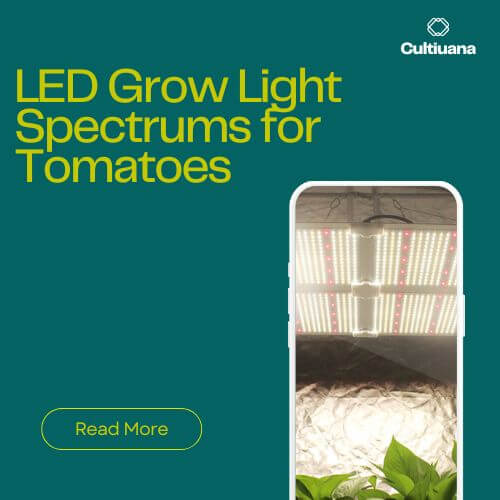
Grow Room Odor Control Methods During Harvest
Sure thing! Sometimes, the indoor plants themselves can smell pretty bad. Making sure those smells stay under control is important to keep everyone happy—especially neighbors or family.
People who grow plants inside usually want to do it discreetly. Smelly gardens might attract the wrong kind of attention. In some cities, there are rules about controlling those smells for businesses. It's smart to check what your local rules are.
Read on to discover the two popular odor control methods for your grow room during harvest.
1. Ozone Generator
A way to get rid of smells is by using an ozone generator. These machines work by passing air over special plates that have electricity.
This process changes some of the oxygen (O2) in the air into ozone (O3). Ozone is a molecule that's very active and a bit shaky.
It wants to go back to being oxygen but needs to let out energy to do that. When it meets smelly stuff like odors, smoke, fungi, or bacteria, it releases this energy.
This helps ozone not just control bad smells but also clean up the air.
First things first, check how much ozone the generator makes. They measure this in parts per million.
Next, make sure the generator you plan to use is allowed where you want to use it. Some places have said no to ozone generators or have set limits on how much ozone they can make.
Why?
Because ozone can be risky for some people's health. It might cause trouble with breathing, especially for those with asthma or anyone sensitive. It could irritate their breathing tubes, so it's important to be careful.
In some large commercial grow room, they sometimes put ozone generators in the HVAC systems.
These generators have a bunch of UV lamps linked together in a "pod". The number of pods depends on how big the place is and how much air moves around.
In really big grow places, they might have lots of these pods all over. These systems usually come with a control unit.
It keeps an eye on each UV lamp and tells the staff if there's any trouble. It's like a safety guard for the system.
2. Carbon Filter
Another way to get rid of those garden smells is by using an activated carbon filter. Carbon is excellent at grabbing smells from the air.
When they make activated carbon, they heat it up to get rid of any bad stuff and make a good spot for odor particles to stick to.
Sometimes, they mix in other stuff like zeolite to make the filter work even better.
These carbon filters don't last forever, so it's a good idea to check the label or ask the maker about when to change them. Keep an eye on it for when it needs replacing.
When it comes to filters, there's a long argument about whether it's better to pull or push dirty air through the filter.
If you ask around, you'll get different opinions with lots of explanations. To make your choice, think about how your ventilation is set up and where you can put your fan and filter.
Some say pulling air through the filter is better because you can use a pre-filter. This pre-filter can help the main filter last longer. It's like an extra layer of protection for the filter.
The fan and filter don't really mind if you're pulling or pushing air, but the ducting does. Ducting works better when air pushes it open instead of being sucked through.
If you pull air through, the ducting might want to close up because of backpressures, making it harder for air to flow.
Plan your ventilation setup so you can easily reach the back of the fan and filter for any fixes or check-ups.
Also, try to avoid sharp bends in your ducting as much as you can. These bends can also create backpressure, making it tougher for air to move through.
Conclusion
When you try out these more advanced ways to control smells, you can really step up your game in managing odors. Play around with different methods and see which ones suit you best. If you find the right method, you can have a harvest time without any smells bothering you.




